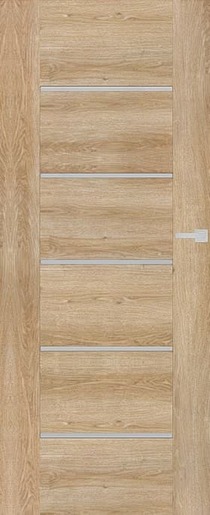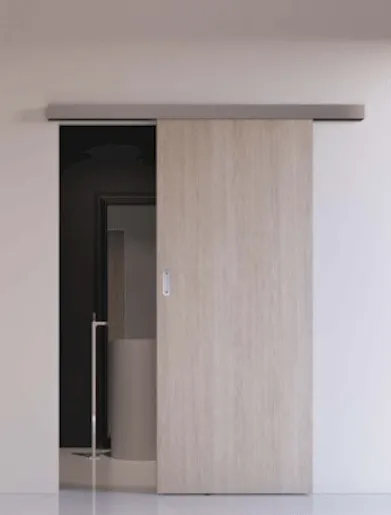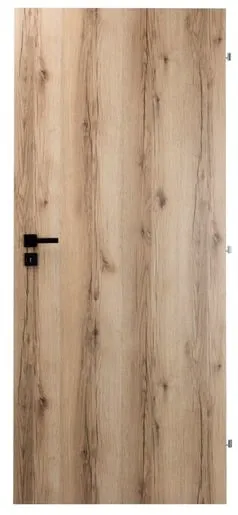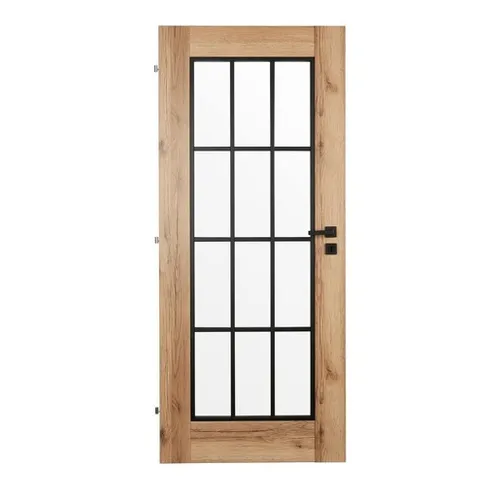When it comes to enhancing the functionality and aesthetic appeal of a space, doors play a crucial role. They serve as barriers that provide privacy, security, and insulation while also contributing to the overall design of a home or building. Whether you are a homeowner looking to upgrade your interior doors or a contractor seeking durable options for a new construction project, understanding the various types of doors available and their specific uses is essential.
Key Factors to Consider When Choosing Doors
Selecting the right door involves several important parameters. First, consider the material. Common options include wood, fiberglass, steel, and composite materials. Each material has its own set of advantages and disadvantages. For instance, wooden doors offer a classic look and excellent insulation but may require more maintenance over time. On the other hand, fiberglass doors are resistant to warping and require less upkeep, making them a practical choice for many homeowners.
Another critical factor is the door's style and design. From traditional panel doors to modern flush doors, the style should complement the overall aesthetic of your space. Additionally, consider the door's functionality. For example, sliding doors are ideal for saving space in smaller areas, while French doors can create an elegant transition between rooms or to the outdoors.
Advantages and Disadvantages of Different Door Variations
Different door variations come with their own sets of pros and cons. For instance, solid core doors provide excellent sound insulation and security but can be heavier and more expensive than hollow core options. Hollow core doors, while lighter and more affordable, may not offer the same level of durability or soundproofing. When choosing between these options, think about the specific needs of your space, such as noise reduction or security requirements.
Practical Tips on Using, Maintaining, and Caring for Doors
Once you have selected the perfect door, proper installation and maintenance are key to ensuring its longevity. Ensure that the door is installed correctly, with appropriate hardware and alignment, to prevent issues such as sticking or drafts. Regularly check hinges and locks for wear and tear, and lubricate them as needed to maintain smooth operation.
Cleaning your doors is also essential. For wooden doors, use a soft cloth and a mild cleaner to avoid damaging the finish. Fiberglass and steel doors can typically be cleaned with soap and water. Avoid harsh chemicals that could strip the finish or damage the material.
Getting the Most Out of Your Doors
To maximize the benefits of your doors, consider how they can be integrated with other elements in your space. For instance, pairing a beautiful wooden door with stylish hardware can enhance its visual appeal. Additionally, using weather stripping around exterior doors can improve energy efficiency by preventing drafts.
Incorporating decorative elements, such as door knockers or unique handles, can also add character to your doors. If you have sliding doors, consider adding sheer curtains or blinds to control light and privacy while maintaining a modern look.
In conclusion, selecting the right doors involves careful consideration of materials, styles, and functionality. By understanding the advantages and disadvantages of different options, as well as implementing proper maintenance practices, you can ensure that your doors not only serve their practical purposes but also enhance the beauty and comfort of your space. Whether you are renovating your home or building from the ground up, investing time in choosing the right doors will pay off in both aesthetics and functionality.
show more text











